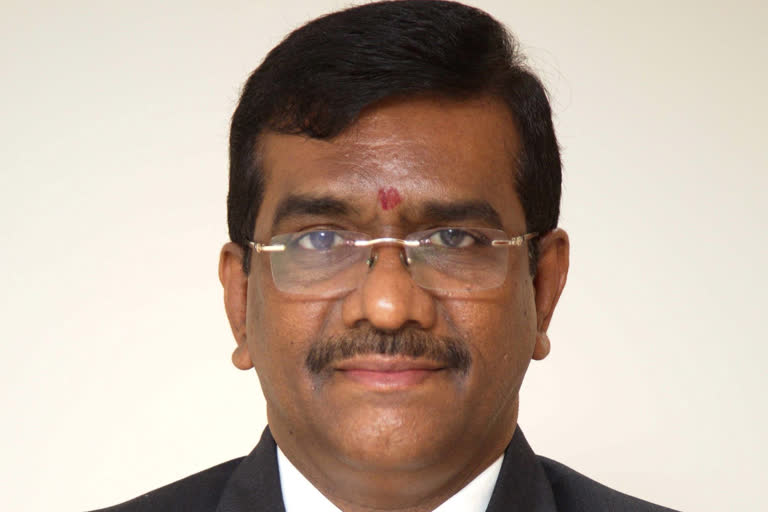Hyderabad: For the past many decades, people across the two Telugu states had an inseparable relationship with Andhra Bank, and now with the merger, Union Bank of India will maintain the same trust, Rajkiran Rai, the bank’s Managing Director said.
In an exclusive interview with Eenadu, Union Bank of India MD Rai spoke about a number of issues - from the coronavirus impact on banking to the landmark merger.
Excerpts from the interview:
What is the impact of COVID-19 on Indian banking system?
The nationwide lockdown to control the pandemic has impacted people and organisations alike. The lockdown weakened our economy. The impact is likely to be felt in the first two quarters of the current financial year. Due to lack of consumer demand, many businesses are trying to cut down their production. This may affect the revenue accounts. There can be challenges in debt collection too. Fortunately, the RBI has given concessions to all categories of debtors. We could steer clear of short-term difficulties particularly in the case of NPA. As soon as the crisis is over, we hope to see lesser challenges.
Will the demand for credit increase post-lockdown? What are the sectors do you expect this demand?
We expect that the credit demand will get back to normal once the individuals and enterprises start operating in full swing. Most of the retail units and MSME are worst hit by corona. Shortage in cash flow and reduced workforce have made it more difficult for the MSME. After COVID-19, we expect to see a rise in demand for personal and agricultural loans.
What is Union Bank’s position after the Andhra Bank merger? What are your growth plans?
After the merger, we became one of the largest banks in the Telugu states. Currently, we have 1,220 branches in AP and 737 in Telangana. In fact, we are the largest bank in Telangana. Both AP and Telangana are booming. These two states will become significant to our business in the coming days. Apart from agricultural and allied sectors, there is a prominent growth in construction, irrigation and manufacturing. We see this as an opportunity. We expect MSME, agricultural and gold loans to be in demand. We are also focusing on retail and corporate loans. For decades, Telugu people had an inseparable relationship with Andhra Bank. Going forward, we will maintain the same trust.
Read:Investor wealth plummets Rs 5.15 lakh crore in early trade as equities tank
Has the merger been smooth? Have you faced any challenges?
There are bound to be challenges when three banks with more than 100-year history, over 9,600 branches and 75,000 employees, are amalgamated. The lockdown announcement came days before the merger. Despite some difficulties, this merger is one of the significant breakthroughs in Indian banking system. Digital technology and effective planning have smoothed out the process. We held most of the important meetings via video conferencing. We have used some digital platforms to train our employees. Additionally, we have set up WhatsApp groups for field level staff. As a result, Union Bank of India has been able to go fully operational starting April 1.
Do you plan to reduce the number of branches or ATMs?
At the moment, no. Currently, we have 9,500 branches and 13,500 ATMs nationwide. If we plan to cut down the number of branches in the future, we will surely take all aspects like the area of operation, number of customers into consideration. For example, after the merger, we found that Union Bank has 700 branches that are less than a kilometre apart. Along with a Union Bank of India branch, there are Andhra Bank or Corporation bank branches in the same road or building. We are planning to merge them into a single unit or shift them to another area where our services are not available. We will follow the same procedure for ATMs. The whole process may take 2-3 years.
What are your goals for the current financial year?
After the merger, Union Bank became the fifth largest bank in India. We do business worth INR 15 lakh crores. This includes INR 6.5 lakh crore debts. We expect a 9 percent growth in debt disbursement for the current financial year. Bank NPA are currently at 6.5 percent. We are trying to bring it down to 6 percent by increasing debt collections and credit allocations. We have set a target of collecting INR 3,000 crore bad loans in the first quarter of this fiscal year.
Read:India's manufacturing sector activity hits record low in April amid lockdown: PMI
